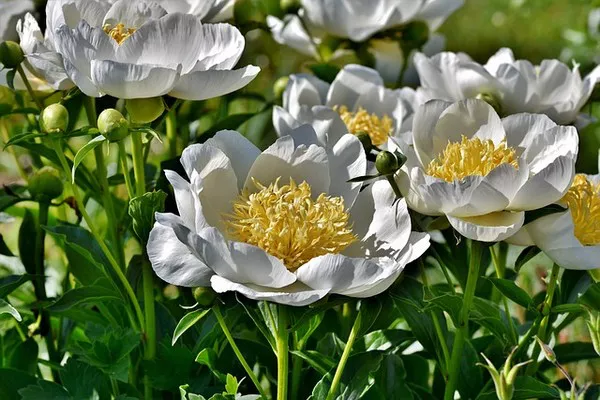Flowers, with their vibrant colors and delicate forms, hold a timeless beauty that captivates hearts and minds alike. Whether gathered from a garden, a field, or received as a gift, flowers have a fleeting existence that often leaves us yearning to capture their essence for a bit longer. Pressing flowers is a time-honored method of preserving their beauty, and while traditional flower presses are readily available, they are not always at hand when the desire to preserve strikes. Fear not, for there are alternative methods for pressing flowers that require nothing more than items commonly found around the house. In this guide, we’ll explore how to press flowers without a flower press, allowing you to extend the life of your cherished blooms and create lasting memories.
Understanding the Art of Pressing Flowers
Before delving into alternative pressing methods, it’s essential to understand the basic principles behind the art of pressing flowers. The goal of pressing flowers is to remove moisture from the blooms while maintaining their shape and color. Traditional flower presses achieve this by applying pressure evenly across the flowers, often with the aid of absorbent paper or cardboard. The pressure helps to flatten the flowers while the absorbent material draws moisture away, preserving the petals’ vibrant hues.
Alternative Methods for Pressing Flowers
While flower presses are effective tools for preserving flowers, they are not always readily available. Fortunately, there are several alternative methods that can be used to achieve similar results with items commonly found in most households.
1. Books and Heavy Objects:
One of the simplest methods for pressing flowers involves using books and heavy objects. Begin by placing the flowers between the pages of a thick, absorbent book, such as a phone directory or a large textbook. Arrange the flowers carefully, ensuring they are not overlapping. Once arranged, close the book gently to avoid crushing the blooms. Place additional heavy objects on top of the book to provide even pressure across the flowers. Leave the flowers to press for 1-2 weeks, periodically checking their progress and replacing the absorbent paper if necessary.
2. Microwave Pressing:
For those seeking a quicker method of pressing flowers, microwave pressing offers a convenient solution. To begin, place the flowers between two sheets of absorbent paper, such as blotting paper or parchment paper. Arrange the flowers carefully to ensure they are not overlapping. Next, place the paper with the flowers inside a microwave-safe container, such as a glass dish or a microwave-safe plate. Microwave the flowers on a low setting for 30 seconds to 1 minute, checking periodically to prevent overheating. Once pressed, allow the flowers to cool before removing them from the microwave.
3. Iron Pressing:
Another alternative method for pressing flowers involves using a household iron. Begin by arranging the flowers between two sheets of absorbent paper, such as blotting paper or parchment paper. Place the paper with the flowers between the pages of a thick, absorbent book. Preheat the iron to a low setting, ensuring that it is not too hot to avoid damaging the flowers. Once heated, gently press the iron over the book for 10-15 seconds at a time, applying light pressure to flatten the flowers. Check periodically to ensure the flowers are not overheating. Once pressed, allow the flowers to cool before removing them from the book.
Tips for Successful Flower Pressing
Regardless of the method chosen, there are several tips to keep in mind to ensure successful flower pressing:
1. Choose Fresh Flowers: Select flowers that are in full bloom but not overly mature. Flowers with thick petals, such as roses or daisies, tend to press well.
2. Remove Excess Moisture: Before pressing, remove excess moisture from the flowers by gently blotting them with a paper towel or allowing them to air dry for a few hours.
3. Patience is Key: Pressing flowers is a process that requires patience. Avoid the temptation to check on the flowers too frequently, as this can disrupt the pressing process.
4. Experiment with Different Pressing Methods: Don’t be afraid to experiment with different pressing methods to find the one that works best for you. Each method may yield slightly different results depending on factors such as flower type and humidity levels.
5. Protect the Pressed Flowers: Once pressed, store the flowers in a dry, cool place away from direct sunlight to prevent fading.
Conclusion
Preserving the beauty of flowers through pressing is a simple yet rewarding endeavor that allows us to capture the fleeting moments of nature’s splendor. While traditional flower presses offer a convenient method for preserving flowers, alternative methods using household items can achieve similar results. Whether using books and heavy objects, microwave pressing, or iron pressing, the key lies in removing moisture from the flowers while maintaining their shape and color. With a bit of patience and experimentation, anyone can master the art of pressing flowers without a flower press, creating timeless keepsakes that capture the essence of nature’s beauty.


